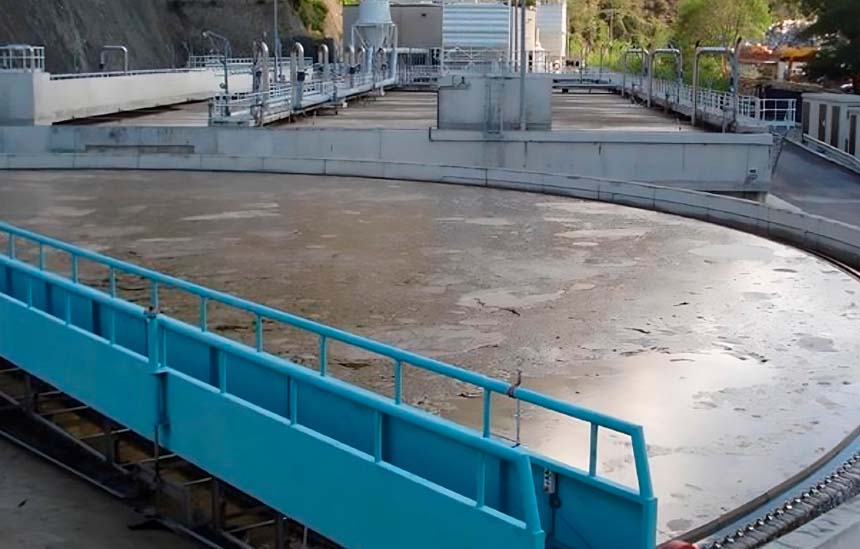- Seven plants: The contract, awarded by Canal de Isabel II, will last five years and include seven wastewater treatment plants that serve one million residents
ACCIONA has been awarded the contract for the operation and maintenance of the wastewater treatment plants in the middle basin of the Jarama River, in the Community of Madrid, tendered by Canal de Isabel II.
The contract, which will come into force on June 1st, has a five-year duration and a budget of €24.5 million. It includes the maintenance of seven wastewater treatment plants: Algete II, Arroyo Quiñones, Cobeña, La Poveda, San Agustín de Guadalix, Velilla de San Antonio and Torrejón. The first six have been operated by ACCIONA for the last five years.
In total, the seven plants have the capacity to serve an equivalent population of one million, with an annual water volume of more than 21 million cubic meters.
Of these plants, the Torrejón WWTP, built by ACCIONA in 2009, has the largest capacity with a volume of more than 8.5 million cubic meters, serving an equivalent population of 450,000. It features biological treatment of activated sludge with nutrient elimination and a biogas cogeneration system for anaerobic digestion, allowing the recovery of 35% of the active energy consumed.
In addition, some of these plants, such as Arroyo Quiñones, Algete II, Velilla de San Antonio, La Poveda and Agustín de Guadalix, are equipped with the latest systems for continuous control and monitoring of key parameters in the nutrient removal process.
For this contract, ACCIONA will use a fleet of seventeen 100% electric vehicles, as well as a tanker truck for sludge management. It will also implement remote control systems in three of the facilities to increase the quality of the service.
With this new contract, ACCIONA consolidates and expands its presence in wastewater treatment in the Community of Madrid. It currently operates a number of flagship plants such as the Culebro Cuenca Baja WWTP and the Culebro Cuenca Media Alta WWTP, with sufficient combined treatment capacity to serve an equivalent population of four million.

